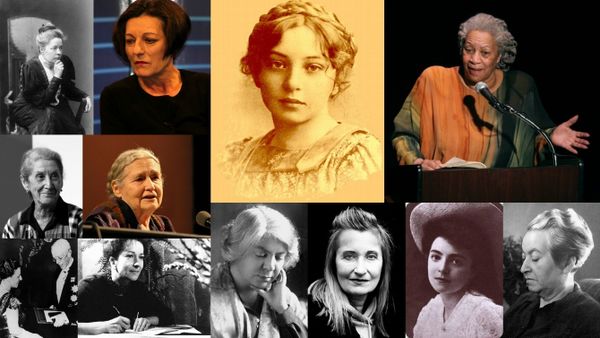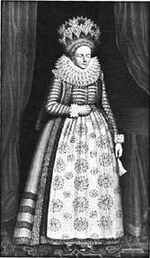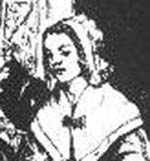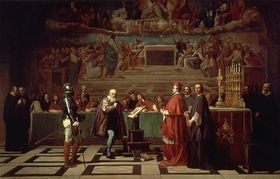Difference between revisions of "Category:Women Authorship--1600s"
| Line 29: | Line 29: | ||
[[File:Elizabeth Cary.jpg|thumb|left|150px|[[Elizabeth Cary]]]] | [[File:Elizabeth Cary.jpg|thumb|left|150px|[[Elizabeth Cary]]]] | ||
[[File:Madeleine de Scudéry.jpg|thumb|150px|[[Madeleine de Scudéry]]]] | [[File:Madeleine de Scudéry.jpg|thumb|150px|[[Madeleine de Scudéry]]]] | ||
[[File:Maria de Agreda.jpg|thumb|150px|[[Maria de Agreda]]]] | |||
[[File:Artemisia Gentileschi.jpg|thumb|left|150px|[[Artemisia Gentileschi]]]] | [[File:Artemisia Gentileschi.jpg|thumb|left|150px|[[Artemisia Gentileschi]]]] | ||
[[File:Margaret Fell.jpg|thumb|150px|[[Margaret Fell]]]] | [[File:Margaret Fell.jpg|thumb|150px|[[Margaret Fell]]]] | ||
Revision as of 08:17, 6 October 2015
|
The Tragedy of Mariam, the Fair Queen of Jewry (1604) by Elizabeth Cary was the first original tragedy by a woman written in English and the earliest English handling of the story of Herod and Mariamne, based on Josephus. In Italy Artemisia Gentileschi distinguished herself as one of the most accomplished painters of her generation. Her favorite subjects were female biblical characters, like Judith, Susanna, Elizabeth and Mary of Nazareth. Great sensation caused in 1642 the publication of the Lettres de Bérénice à Titus by Madeleine de Scudéry. The sister of French novelist Georges de Scudéry received an abnormally well-rounded education for a woman of her time, not only in the arts but also in ancient history and languages. She reinvented the characters of Titus and Berenice as fictional protagonists of one of the most intriguing love story of antiquity. Under the leadership of Maria de Agreda, the convent of Agreda established itself as one the centers of Spanish spirituality in the 17th century. The charismatic abbess wrote in 1637-43 and 1655-60 the Mística Ciudad de Dios, a biography of Mary of Nazareth, from her conception to her assumption to heaven, based on visions the author supposedly had from Mary herself. The book was published posthumously in Madrid in 1670. The visionary work arouse great controversy so much so that it was initially condemned by the Inquisition in 1681, but eventually approved in 1729.
|
|
Pages in category "Women Authorship--1600s"
The following 17 pages are in this category, out of 17 total.
1
- Judith with the Head of Holofernes (1600 Fontana), art
- I meriti delle donne (1600 Fonte), book
- La nobilta, et l'eccellenza delle donne, co' diffetti, et mancamenti de gli huomini (The nobility and excellence of women, and the defects and vices of men / 1600 Marinella), book
- Susanna and the Elders (1610 Gentileschi), art
- Adoration of the Magi (1636 Gentileschi), art
- Judith and Her Maidservant (1614 Gentileschi), art
- Judith Beheading Holofernes (1615-20 Gentileschi), art
- Judith and Her Maidservant with the Head of Holofernes (1625 Gentileschi), art
- Esther before Ahasuerus (1628 Gentileschi), art
- Birth and Naming of John the Baptist (1635 Gentileschi), art
- (++) Lettres de Bérénice à Titus (Letters of Berenice to Titus / 1642 Scudéry), novel
- Women's Speaking Justified (1666 Fell), book
- Mística Ciudad de Dios: Vida de la Virgen Madre de Dios (1670 Maria de Agreda), vision
- The Enochian Walks with God (1694 Lead), vision
- L'Esterre (Esther / 1695 Muratori-Scannabecchi / Bergamori), oratorio
Media in category "Women Authorship--1600s"
This category contains only the following file.
- 1604 * Cary (play).jpg 354 × 500; 59 KB







